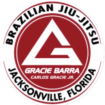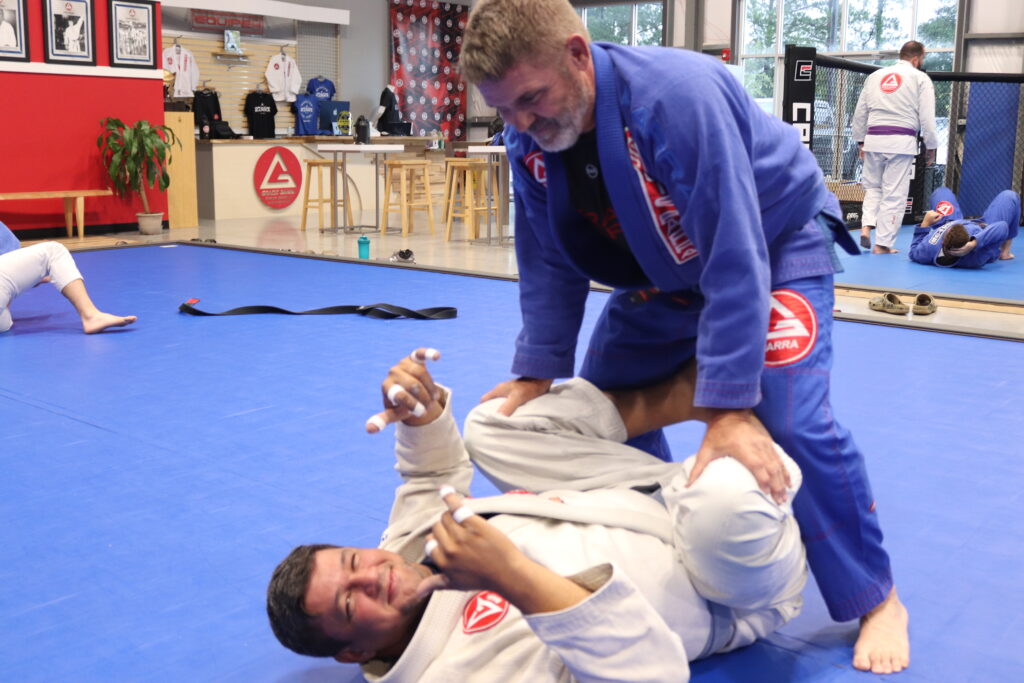As we age and look for activities to stay healthy, we often seek low-impact exercises we already know how to do, such as walking, biking, water aerobics, and so on. These are not bad choices. After all, any exercise is better than none at all.
However, achieving health and longevity requires that we get a little uncomfortable. Achieving reasonable strain and learning new skills are the best way to stay healthy into old age—both physically and mentally. Brazilian jiu-jitsu (BJJ) has been shown to meet both these needs for students of all ages.
However, some people worry they are too old to start training in BJJ. There is a saying in the sport: “The best time to start jiu-jitsu was 20 years ago. The second best time is now.” Many people start training in jiu-jitsu later in life and soon understand its many benefits.
Just ask Ed O’Neill. The star of Married with Children and Modern Family earned his black belt in 2007 at the age of 61, training under Grand Master Rorion Gracie. Now age 76, Ed still trains regularly and touts its many benefits.
Here are just some of the benefits for older BJJ students.
Mental cognition
While walking and biking are good ways for older people to stay in shape, you are not learning anything new. In Brazilian jiu-jitsu, the sky is the limit in terms of what you can learn.
A recent study looked at the cognitive benefit of learning new skills for older people. A group of adults between ages 58 and 86 completed cognitive assessments and then took collegiate-level courses in Spanish, photography and other areas. After just 1.5 months, participants increased cognitive abilities “to levels similar to those of middle-aged adults, 30 years younger.” Control groups who did not take classes experienced no change in cognition. Learn more about the study from the University of California Riverside by clicking here.
There are other similar studies, all showing that it is never too late to learn new skills and improve your brain plasticity, or our brain’s ability to re-wire itself and build new neuro connections. Learn about the importance of brain plasticity here.
Jiu-jitsu teaches new skills and challenges your brain with a new way of thinking, helping you to improve your cognitive abilities and brain plasticity.
Improved stabilizing muscles for balance
25% chance of falling as they enter their elderly years. To prevent the decline of stabilizing muscles, the CDC recommends exercises that make your legs stronger and improve your balance. Brazilian jiu-jitsu is an excellent source for strengthening your stabilizing muscles. This is thanks in part to techniques that strengthen your hips, quads, and hamstrings, including standing with resistance, hip escapes, throws, and much more.
However, it is important to remember that Brazilian jiu-jitsu does not rely on strength. Technique is far more important, which is an advantage to older students, who are often more disciplined to learn technique details than younger students. Click here to see Master Carlos Gracie Jr. explain the importance of technique over strength.
Cardio & Conditioning
The CDC recommends adults of all ages get at least 2.5 hours of moderate cardio activity each week or 1 hour and 15 minutes of vigorous activity. This might be fast-paced walking, running, or aerobics—anything that gets your heart rate up.
Brazilian jiu-jitsu training provides a level of activity that meets these standards without being overly strenuous—and it’s fun! A BJJ class typically includes stretching, low-intensity warm-ups, drills, technique practice with resistance, and sparring with some resistance.
In addition to its cardio recommendations, the CDC also suggests adults—including those over 65—get at least two days a week of strengthening exercise. No weights are needed! Exercises that use your body weight count toward muscle strengthening. This includes push-ups and sit-ups, as well as jiu-jitsu sparring with a partner.
Self-Defense
The importance of self-defense does not diminish as we age. In fact, older adults are often perceived as easy targets by criminals. The fundamentals of Brazilian jiu-jitsu are built on self-defense, enabling you to create space between yourself and an attacker or subdue the attacker if necessary.
This was an important factor for Betty Broadhurst, who began training at age 54 when she found herself the target of a stalker. Thankfully, Betty’s stalker situation was resolved, and she continued her jiu-jitsu practice, enjoying the people she met and the confidence she got from her training. At age 65, Betty earned her black belt. She founded RollForever, a company dedicated to promoting longevity and health through BJJ. Click here to read Betty’s story.
An important thing to remember is jiu-jitsu training at Gracie Barra is adaptive, meaning you will be paired with a student who is a similar skill level and size as you. This way, you can focus on learning techniques without worrying about being injured by a larger or stronger partner.
Click here for some time-tested advice from Gracie Barra Black Belt Mark Mullen for BJJ students over 40. Mark stresses the importance of setting realistic expectations of yourself, rest and recovery after training, and selecting the right training partners.
Gracie Barra Jacksonville’s classes are designed for all skill levels and all ages. Click here to schedule your trial class.

